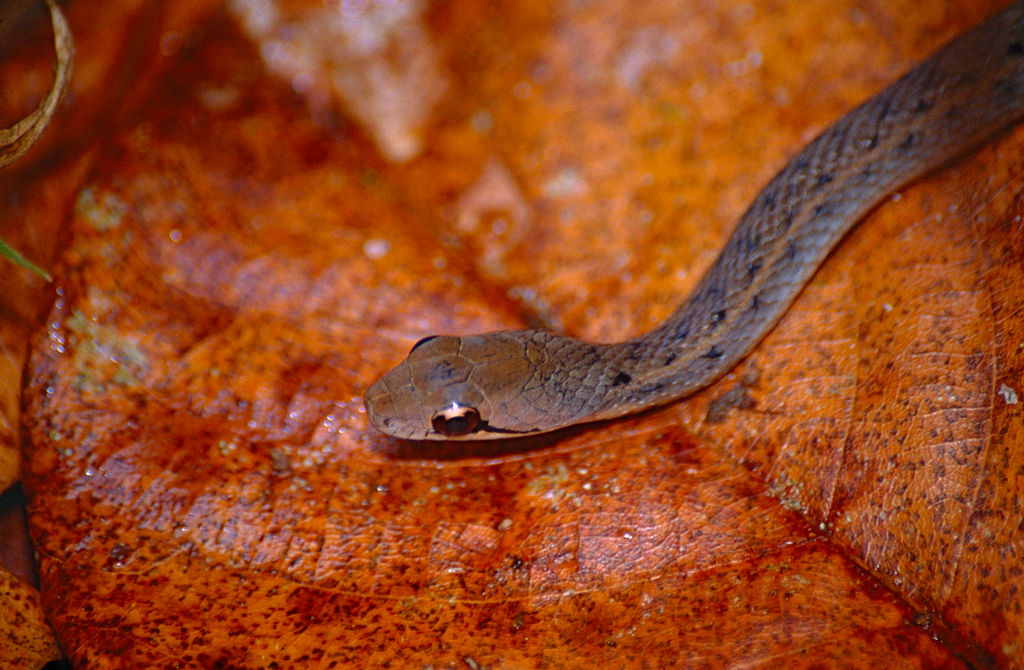The secretive world of snake reproduction contains some of nature’s most fascinating and unusual courtship behaviors. While many people associate snakes with stealthy hunting or basking in the sun, their mating rituals display complex behaviors that often go unnoticed in the wild. From elaborate dances to combat between males, snake reproduction involves intricate biological processes and behaviors that have evolved over millions of years. These cold-blooded creatures demonstrate remarkable displays of determination and evolutionary adaptation during their quest to pass on their genetic material. The following unusual behaviors highlight the complexity and diversity of snake mating rituals across different species worldwide.
The Mesmerizing Male Combat Dance
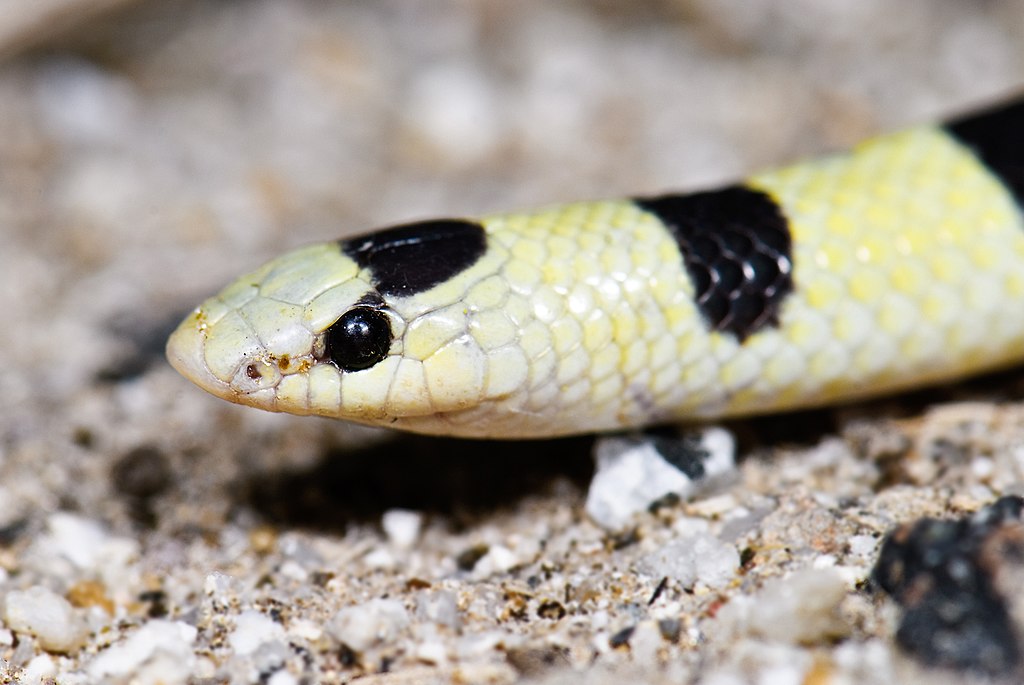
Rather than directly competing for females through physical dominance, many snake species engage in ritualized combat that resembles an elaborate dance. Male rattlesnakes, cobras, and king snakes will intertwine their bodies and attempt to push their opponent to the ground, raising their heads and upper bodies high in the air in displays that can last for hours. These wrestling matches rarely result in serious injury, as they’re designed to establish dominance without harmful biting or constriction. The vertical posturing can reach impressive heights, with some larger species rising several feet off the ground while maintaining perfect balance. Females often observe these contests from nearby, ultimately mating with the victorious male who demonstrates superior strength and endurance.
Synchronized Shedding Before Mating
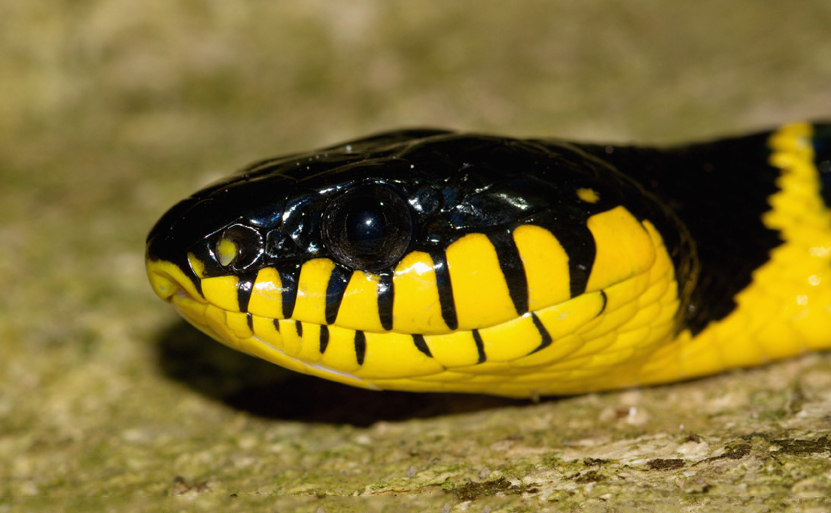
Many snake species undergo a special pre-mating shed cycle that signals reproductive readiness and enhances their sensory perception. This phenomenon, particularly common in vipers and pythons, involves both males and females shedding their skin shortly before the breeding season begins. The fresh skin contains more sensitive chemoreceptors, allowing the snakes to better detect pheromones that guide them to potential mates. Female garter snakes, for example, release powerful pheromones after shedding that can attract dozens of males from considerable distances. The timing of this shedding is often synchronized through environmental cues like increasing daylight or temperature changes, ensuring that potential mates are reproductively ready simultaneously.
Mating Balls and Breeding Aggregations

Perhaps one of the most visually striking snake mating behaviors occurs with species that form breeding aggregations or “mating balls.” Garter snakes provide the most dramatic example, where a single female may emerge from hibernation to find herself immediately surrounded by dozens or even hundreds of eager males, creating a writhing ball of snakes. These mating balls can contain as many as 100 males simultaneously attempting to mate with a single female, creating a spectacle that can span several feet in diameter. The phenomenon occurs because female garter snakes emerge from hibernation emitting particularly potent pheromones that attract males from far and wide. Research has shown that the larger males positioned closer to the female’s cloaca have the highest chance of successful mating, creating intense competition within these remarkable aggregations.
Extended Courtship Duration

While many animals have brief mating encounters, certain snake species engage in remarkably prolonged courtship rituals. Some pythons and boas remain paired for several weeks before actual copulation occurs, with the male persistently following the female and performing regular courtship behaviors. During this extended period, male ball pythons have been observed to stop feeding entirely, focusing all their energy on courtship despite the significant metabolic cost. The male’s persistence includes regular “chin rubbing,” where he gently massages the female’s back with his chin to stimulate receptivity. These prolonged courtships ensure genetic compatibility and optimal timing for fertilization, particularly important in species that invest heavily in reproduction through live birth or egg incubation.
Cloacal Alignment and Unusual Positions

The physical mechanics of snake mating present unique challenges due to their elongated bodies and internal reproductive organs. Successful copulation requires precise alignment of the male and female cloacae, with the male evaginating his hemipenes (dual reproductive organs) into the female’s reproductive tract. To accomplish this alignment, snakes adopt unusual postures, with many species forming a distinctive “S” shape while pressed against each other. Some larger species like anacondas may remain intertwined for days, with the male and female forming complex coils around each other to maintain proper positioning. The male’s hemipenes contain specialized hooks and spines that help maintain connection during mating, as documented in detailed studies of rattlesnake reproduction where copulation can last up to 20 hours.
Deceptive Female Mimicry by Males
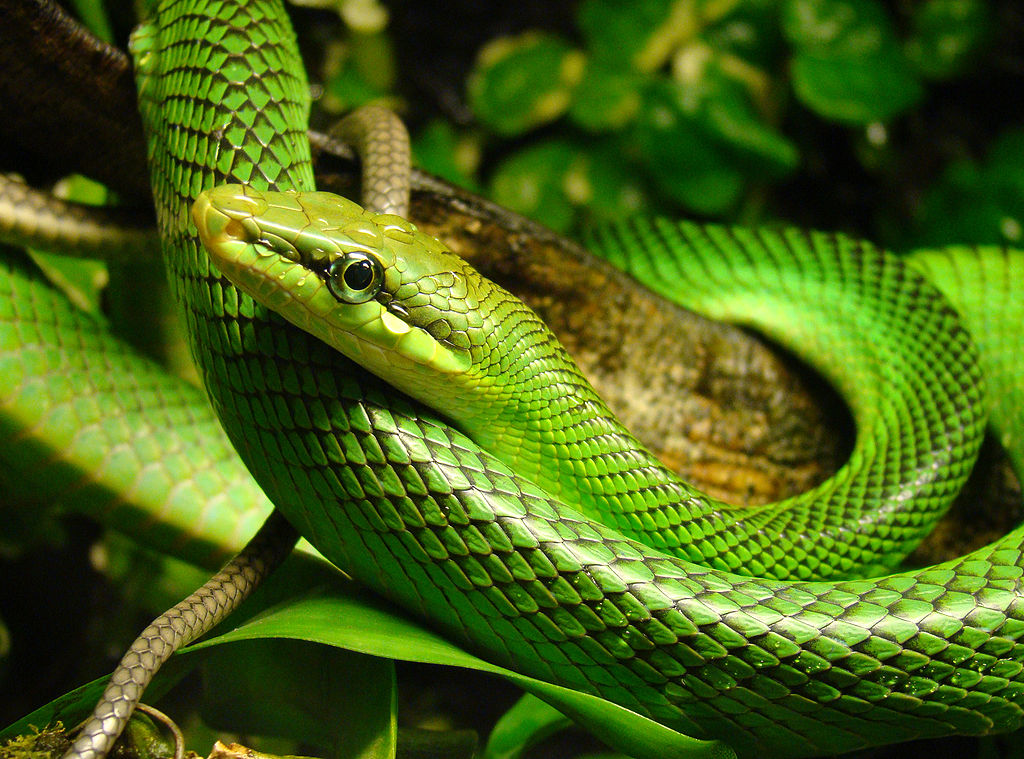
In one of the most cunning reproductive strategies, certain male garter snakes produce female-mimicking pheromones that confuse competing males. These “she-males” release chemical signals nearly identical to those of receptive females, causing other males to attempt to mate with them instead of pursuing actual females. This deceptive behavior effectively reduces competition for genuine females, giving the mimicking male a significant reproductive advantage. Research at Oregon State University discovered this phenomenon occurs most commonly in younger, smaller males who would otherwise struggle to compete physically with larger rivals. The mimicry is so effective that in laboratory tests, other males consistently chose to court these feminized males over non-mimicking males when given a choice.
Sperm Plugs and Delayed Fertilization
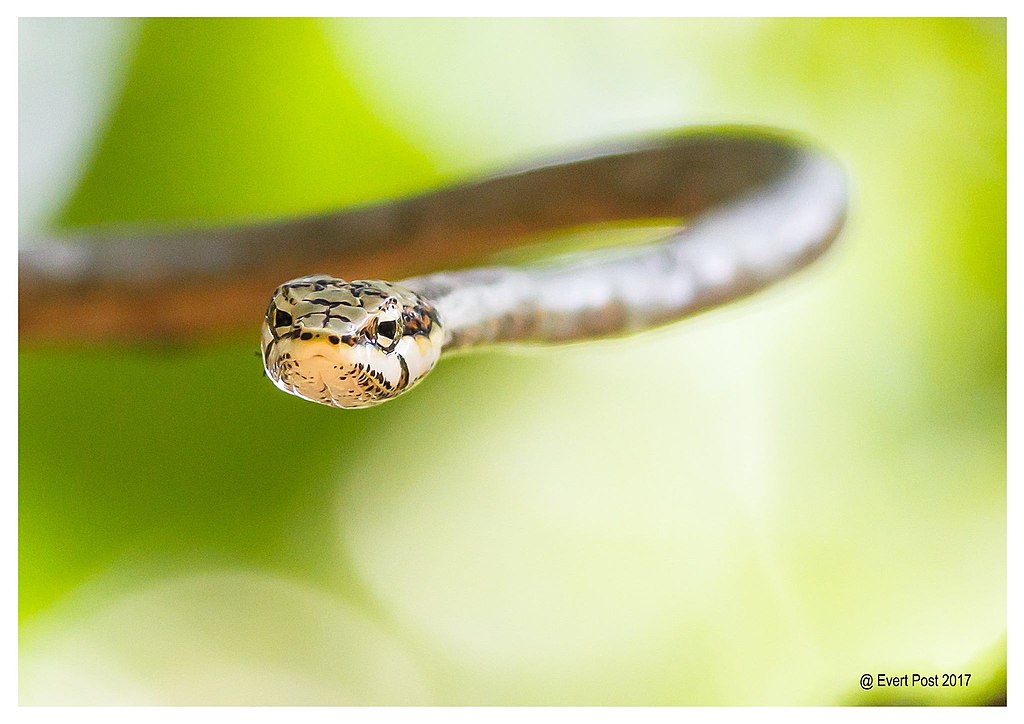
Male snakes employ fascinating biological mechanisms to ensure their reproductive success even after mating has concluded. After copulation, many species deposit a gelatinous “mating plug” that physically blocks the female’s cloaca, preventing subsequent males from successfully mating with her. These plugs, made of specialized secretions from the male’s reproductive tract, can remain in place for days or even weeks. Adding another layer of complexity, female snakes of several species can store viable sperm in specialized tubules within their reproductive tracts for extended periods—sometimes years—allowing them to fertilize eggs long after mating has occurred. This adaptation is particularly valuable for species living in environments with unpredictable resources, as it allows females to delay reproduction until conditions are optimal for offspring survival.
Thermal Courtship Behaviors

As ectothermic animals, snakes are highly sensitive to temperature, and this plays a fascinating role in their mating behaviors. Male pythons develop a temporary ability to generate significant body heat during the breeding season through rapid muscle contractions, a process called thermogenesis. This unusual ability allows males to warm females’ bodies, which can stimulate follicle development and reproductive readiness. In breeding colonies of Burmese pythons, males have been documented raising their body temperature by up to 7°C (12°F) above ambient temperature while coiled around females. This thermal courtship behavior represents one of the few known instances of endothermy (internal heat generation) in otherwise cold-blooded reptiles and demonstrates the remarkable physiological adaptations that have evolved to support reproduction.
Post-Mating Aggression and Protection
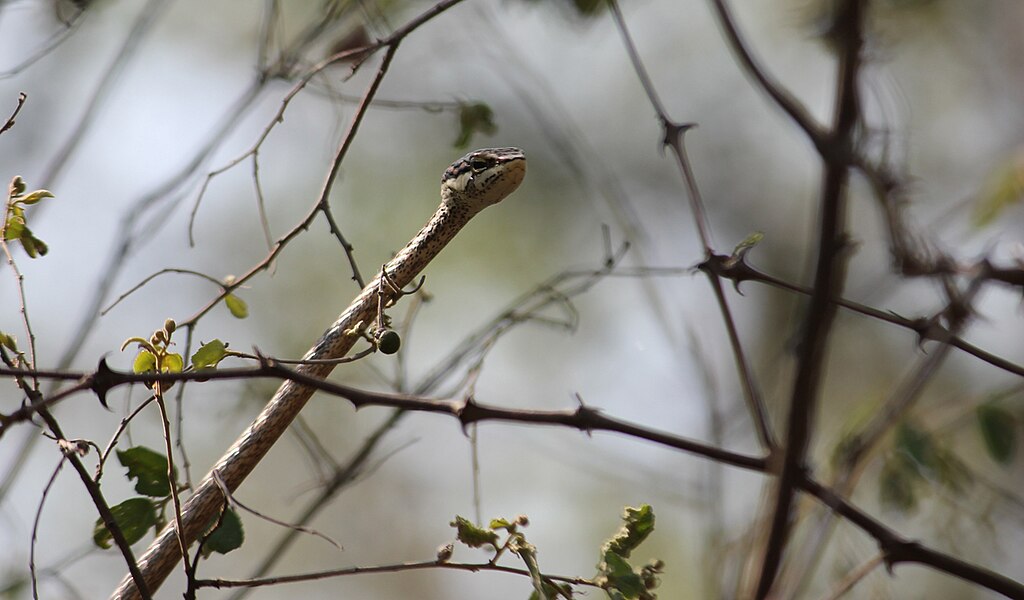
While most snakes separate after mating, certain species exhibit unusual post-copulatory behaviors that include aggression or protection. Male king cobras become notably territorial after mating, staying near the female and aggressively chasing away any other males that approach. Even more remarkably, some male pythons remain with females throughout the egg-laying process and may coil around the eggs alongside the female, providing additional protection and temperature regulation. This paternal behavior, observed in African rock pythons and some other species, is extremely rare among reptiles, which typically show little to no parental care from males. Field studies in South Africa have documented male pythons staying with clutches for up to two weeks after the female has departed, challenging our understanding of reptilian parental investment.
Synchronized Breeding After Hibernation
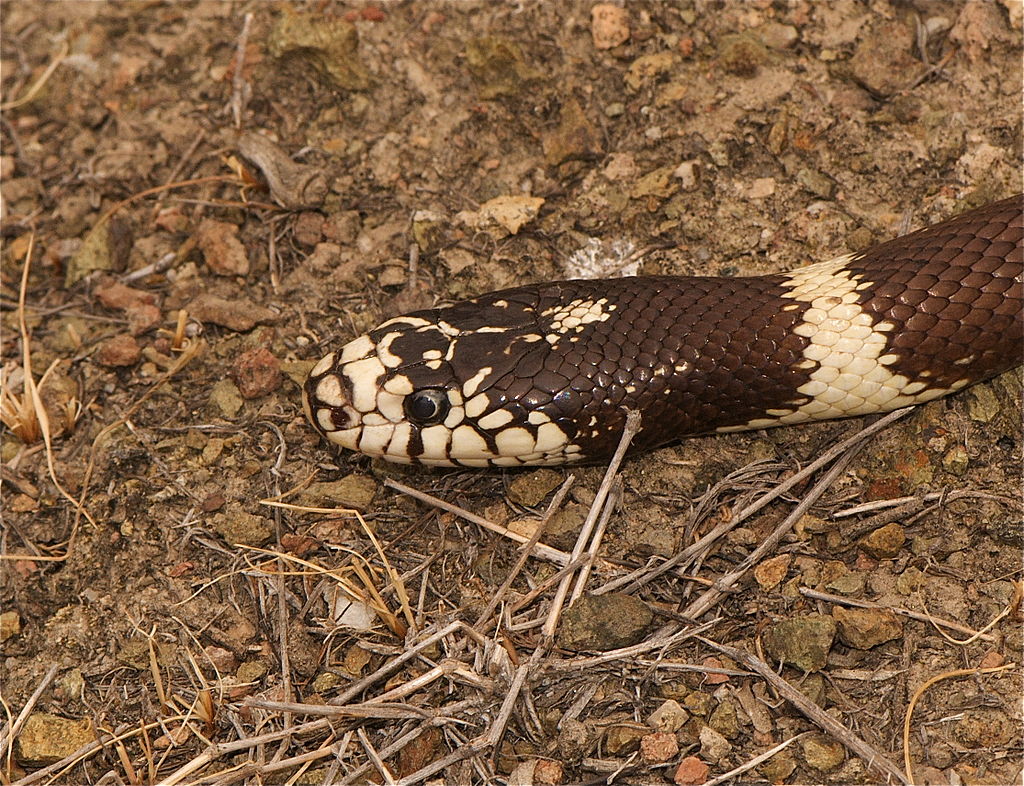
Many temperate climate snake species exhibit the remarkable behavior of synchronized emergence from hibernation specifically timed for breeding. This phenomenon is particularly well-documented in species like timber rattlesnakes and copperheads that hibernate in communal dens. As spring temperatures rise, males typically emerge first, waiting near den entrances for females to appear. Their bodies undergo rapid physiological changes preparing them for reproduction, including increased testosterone production and sperm mobilization. The synchronization is so precise that entire populations may begin breeding within a matter of days, creating brief but intense periods of reproductive activity. This timing ensures that young are born or eggs hatch during optimal seasonal conditions, typically allowing several months of feeding before the next hibernation period.
Unique Species-Specific Courtship Signals
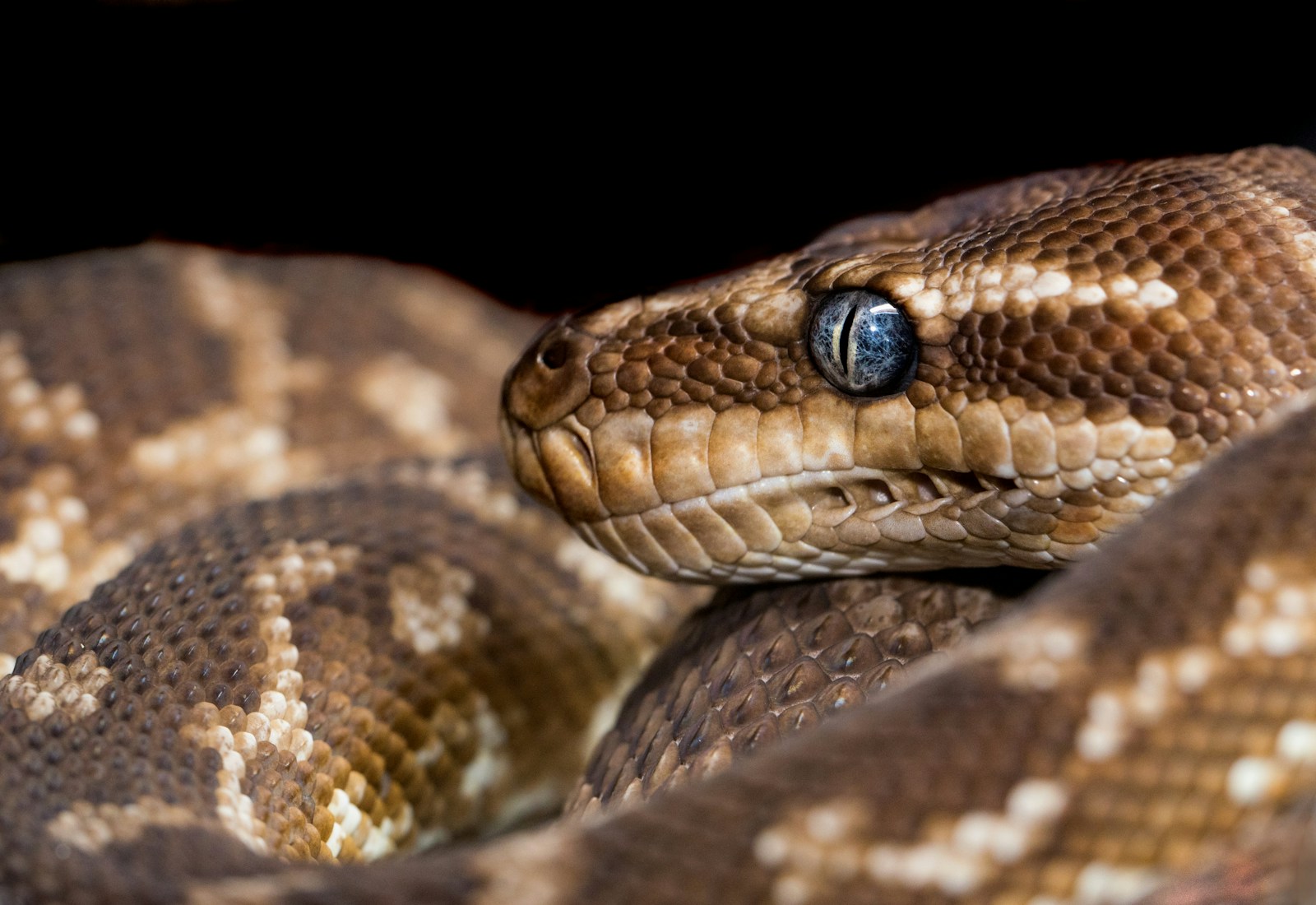
Beyond the general patterns of snake mating behavior, many species have evolved highly specialized courtship signals unique to their kind. The male Sonoran sidewinder creates distinctive J-shaped tracks in the sand as part of its courtship display, leaving visual markers that females can follow. Prairie rattlesnakes perform rhythmic head-bobbing displays that communicate reproductive readiness to potential mates through visual signals that must be performed with precise timing. Some colubrid snakes like hognose snakes engage in tail vibrations against substrate, creating low-frequency sounds that attract females but are imperceptible to human ears. These diverse courtship innovations demonstrate how sexual selection has driven the evolution of species-specific communication methods tailored to particular environments and sensory capabilities.
Conservation Implications of Mating Behaviors
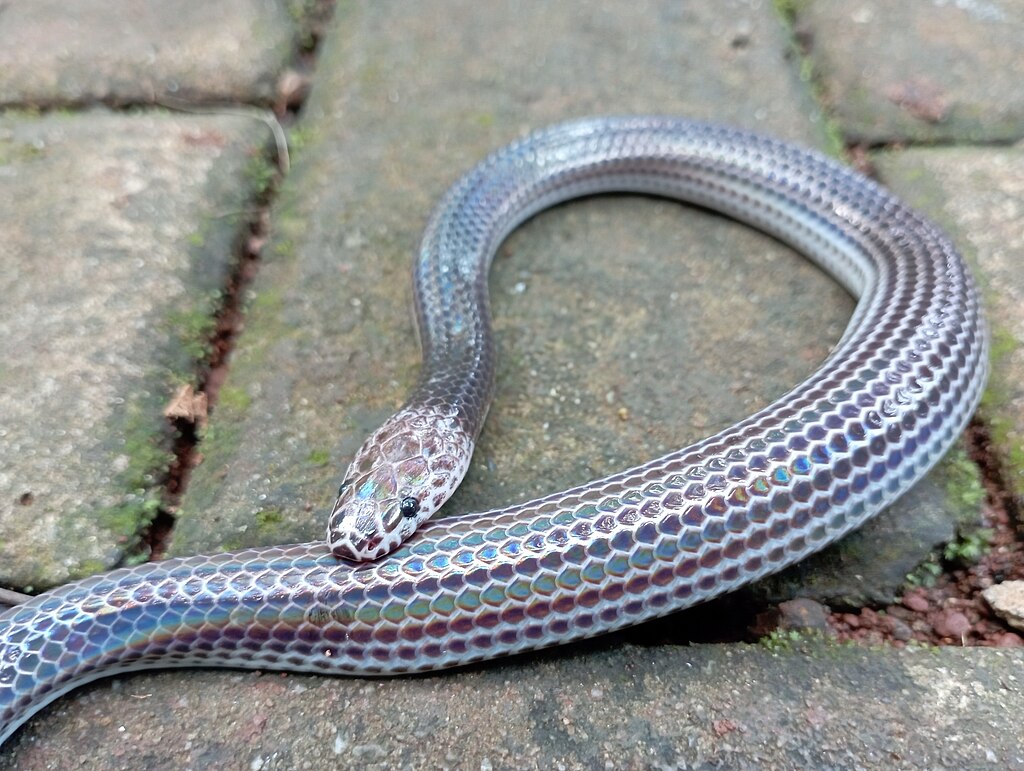
Understanding the complex mating rituals of snakes has important conservation implications for threatened species. Many snake species are vulnerable during their breeding periods, when they may be more visible, travel greater distances, or gather in conspicuous aggregations. The famous red-sided garter snake mating grounds in Manitoba, Canada represent both a conservation success and challenge, as the spectacular aggregations attract tourism but also increase the snakes’ vulnerability. Climate change poses particular threats to species with temperature-dependent mating cues, potentially disrupting the careful synchronization of reproductive behaviors. Conservation efforts increasingly incorporate knowledge of these specialized behaviors, creating protected areas around known breeding grounds and timing conservation activities to avoid disruption during critical mating periods.
The strange and wonderful world of snake mating behaviors showcases nature’s endless capacity for adaptation and specialization. From elaborate combat dances to chemical warfare through pheromones, these behaviors represent millions of years of evolutionary refinement. Understanding these complex reproductive strategies not only satisfies scientific curiosity but also provides crucial insights for conservation efforts aimed at protecting these often misunderstood creatures. As research techniques improve, scientists continue to uncover new details about snake reproduction, highlighting the remarkable diversity of strategies that have evolved to ensure the continuation of these ancient reptilian lineages.

